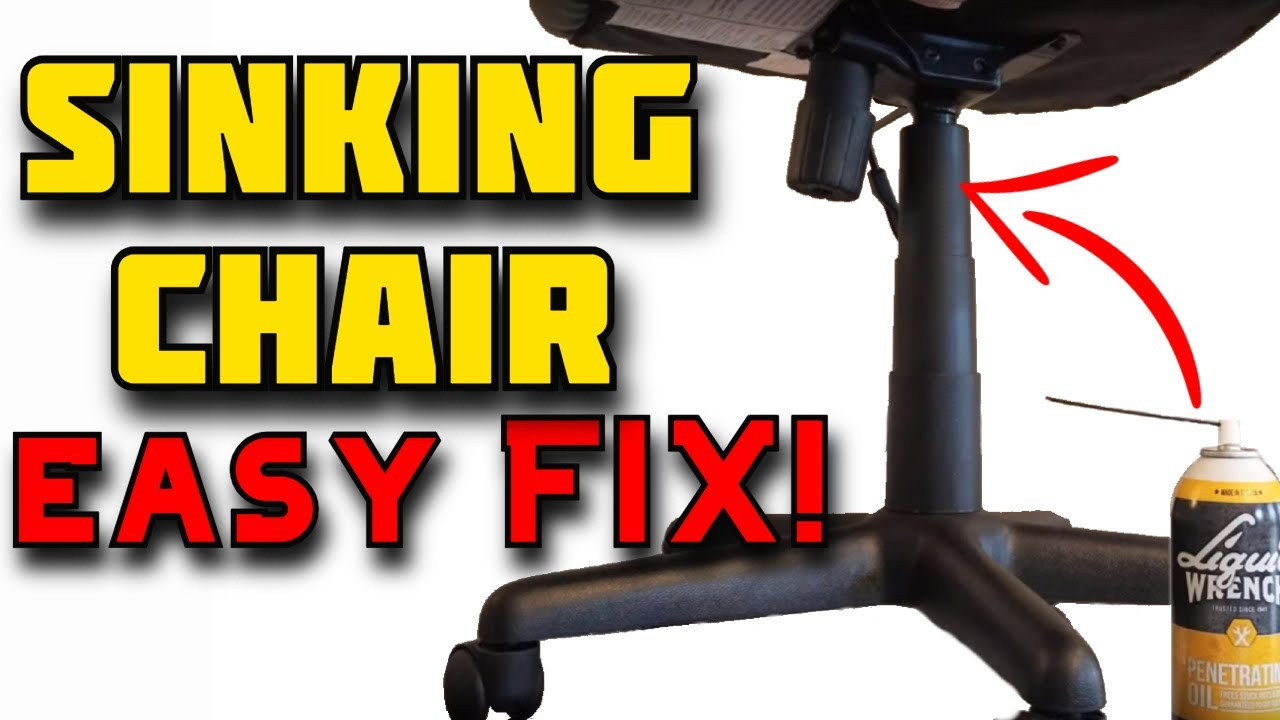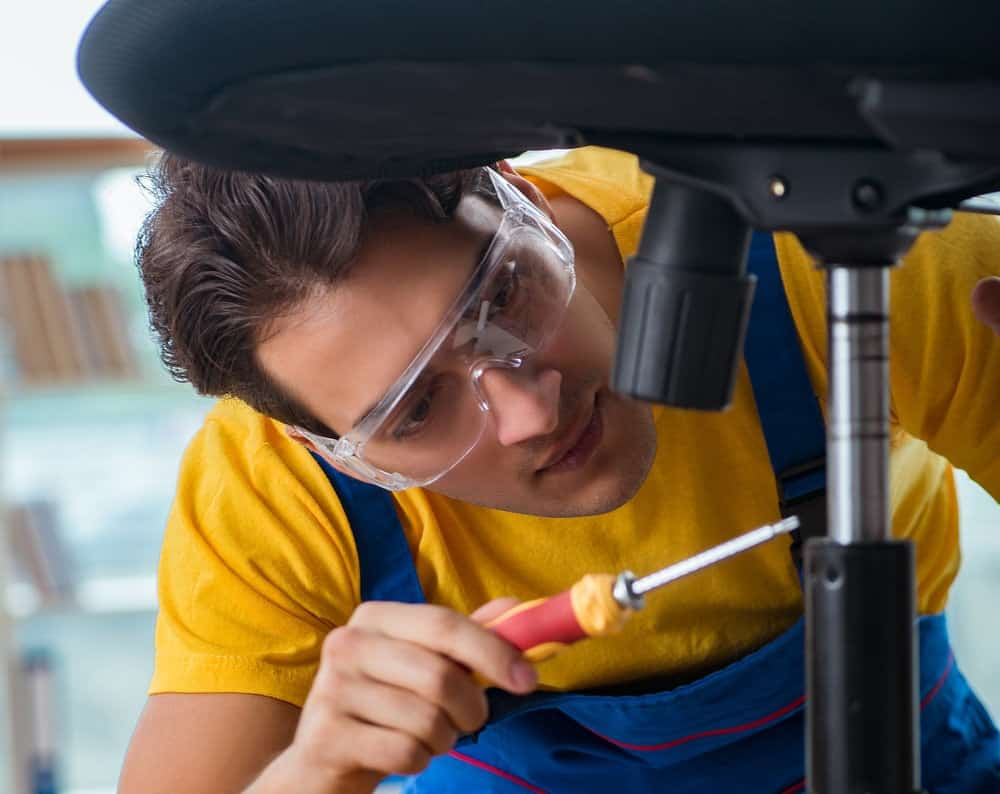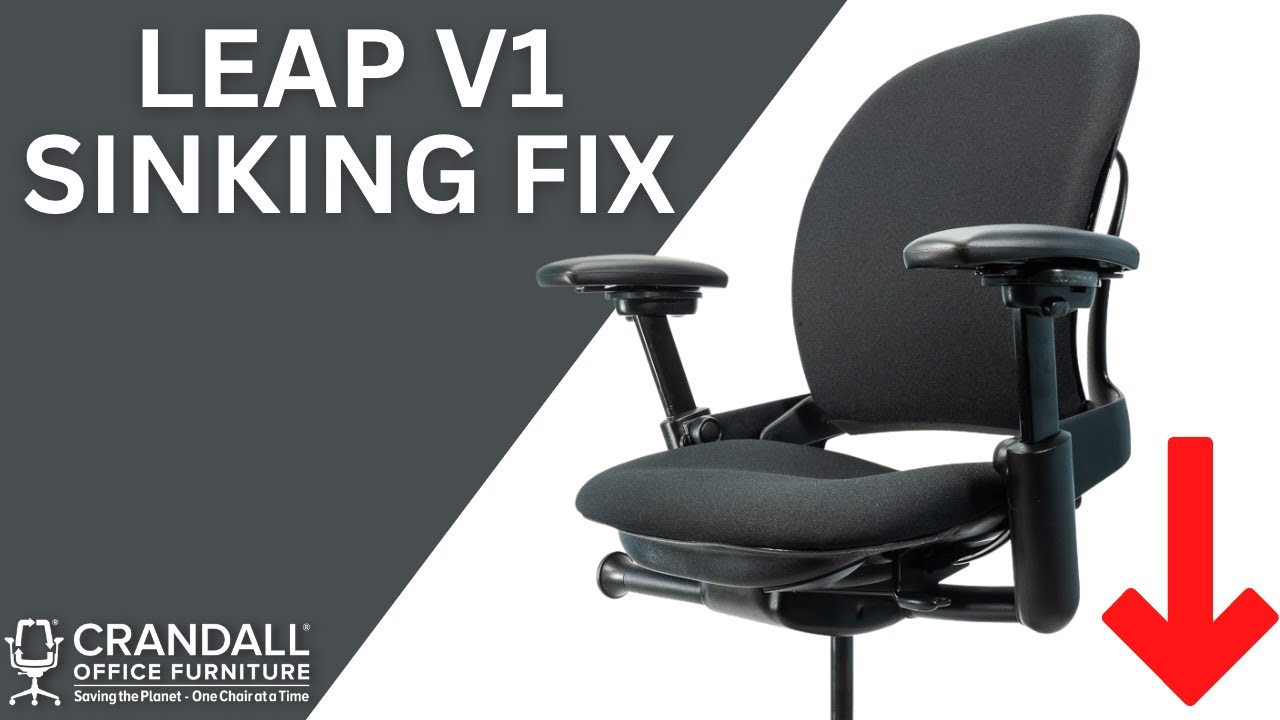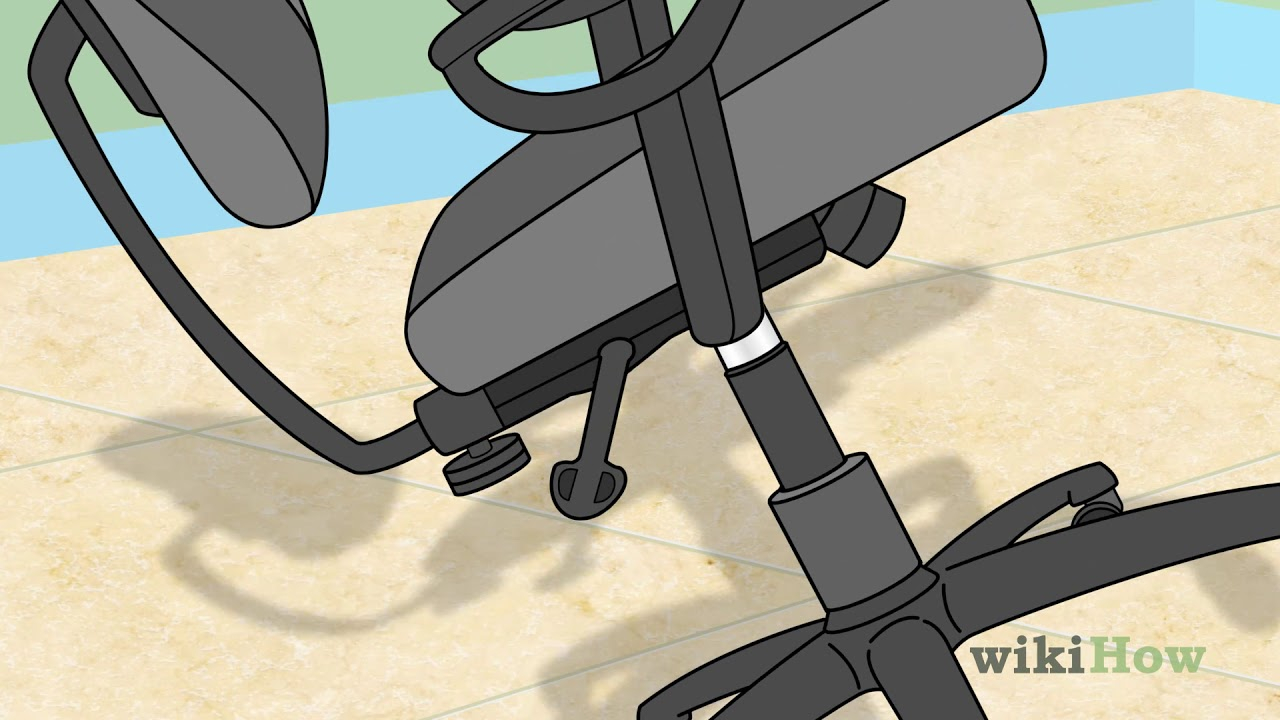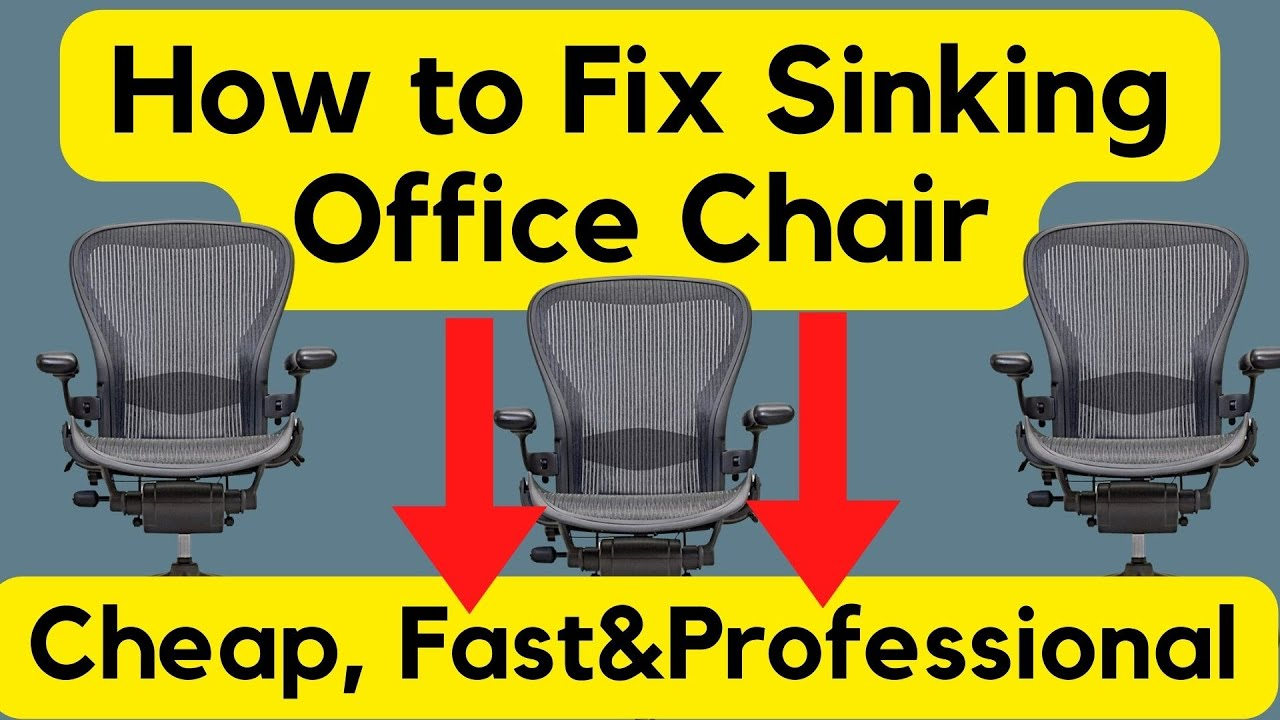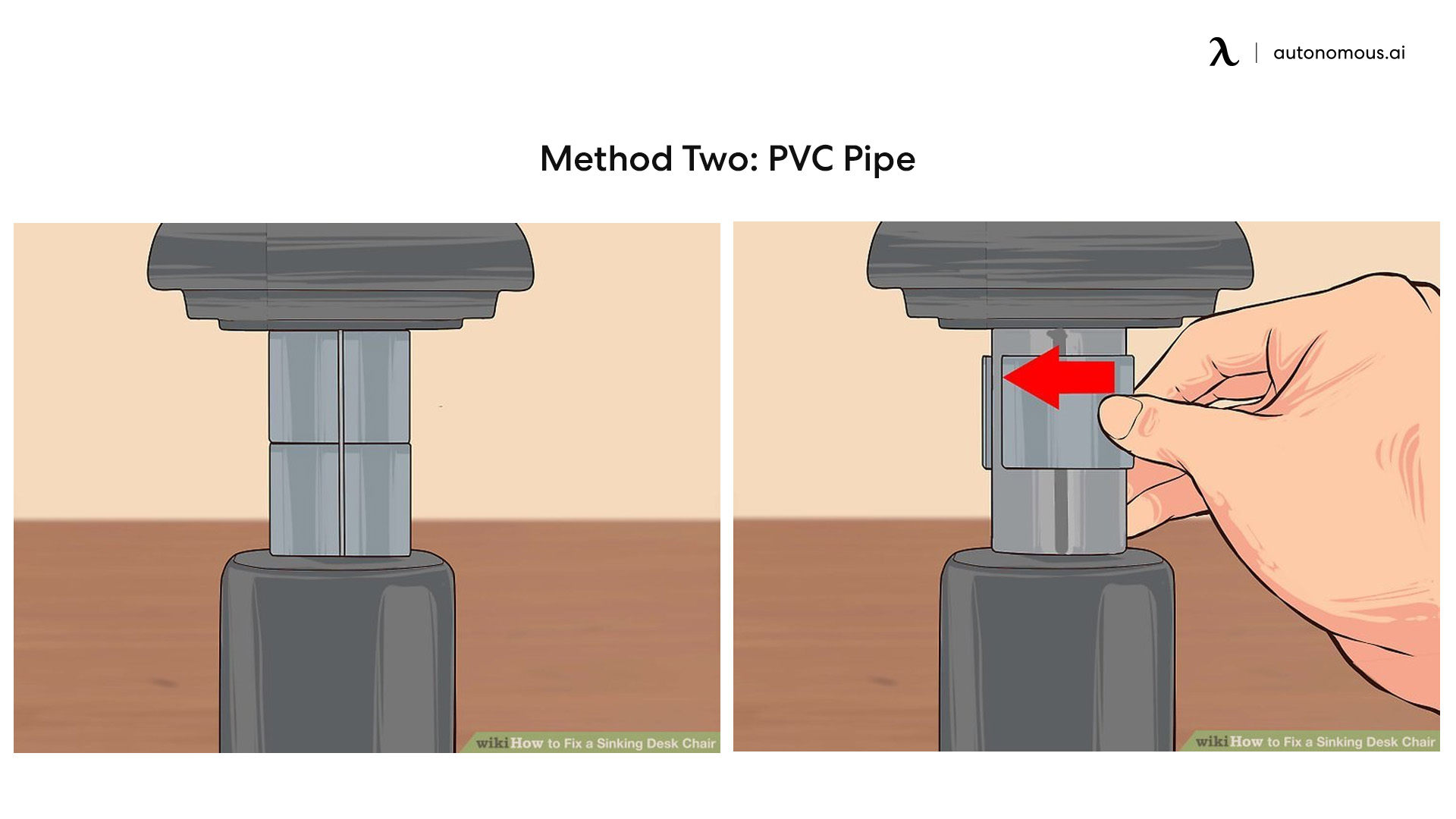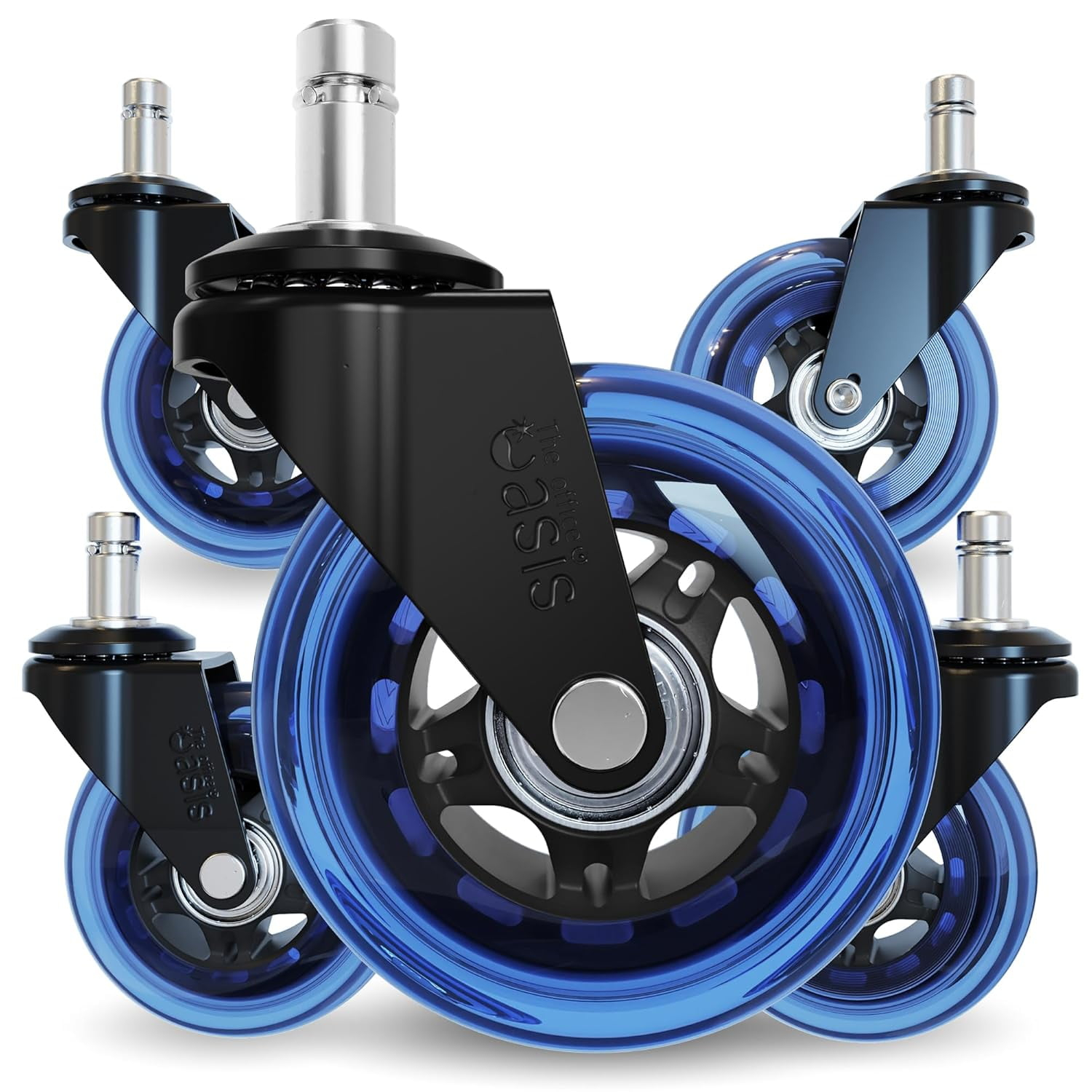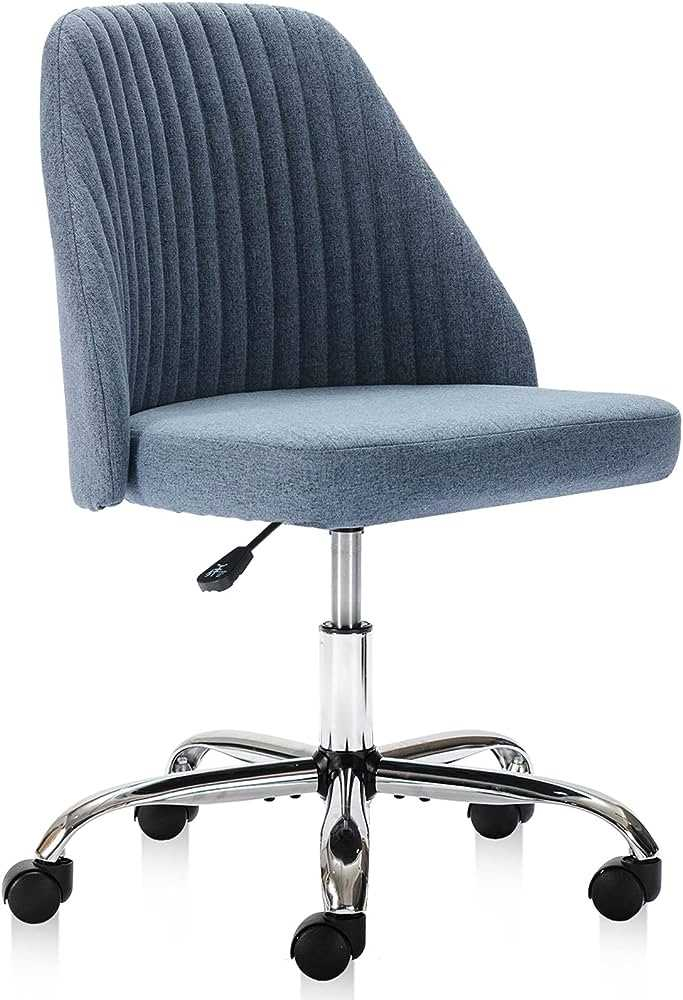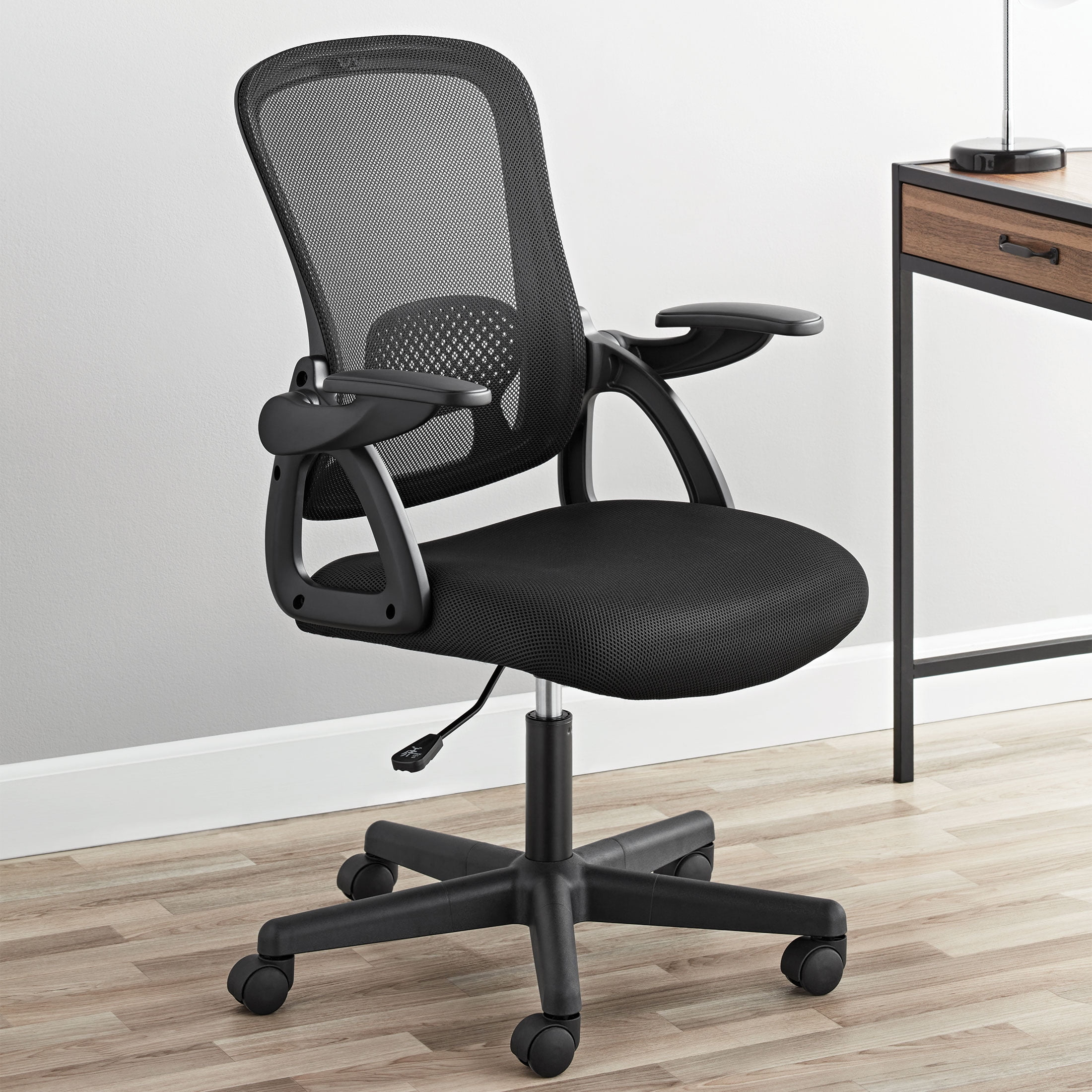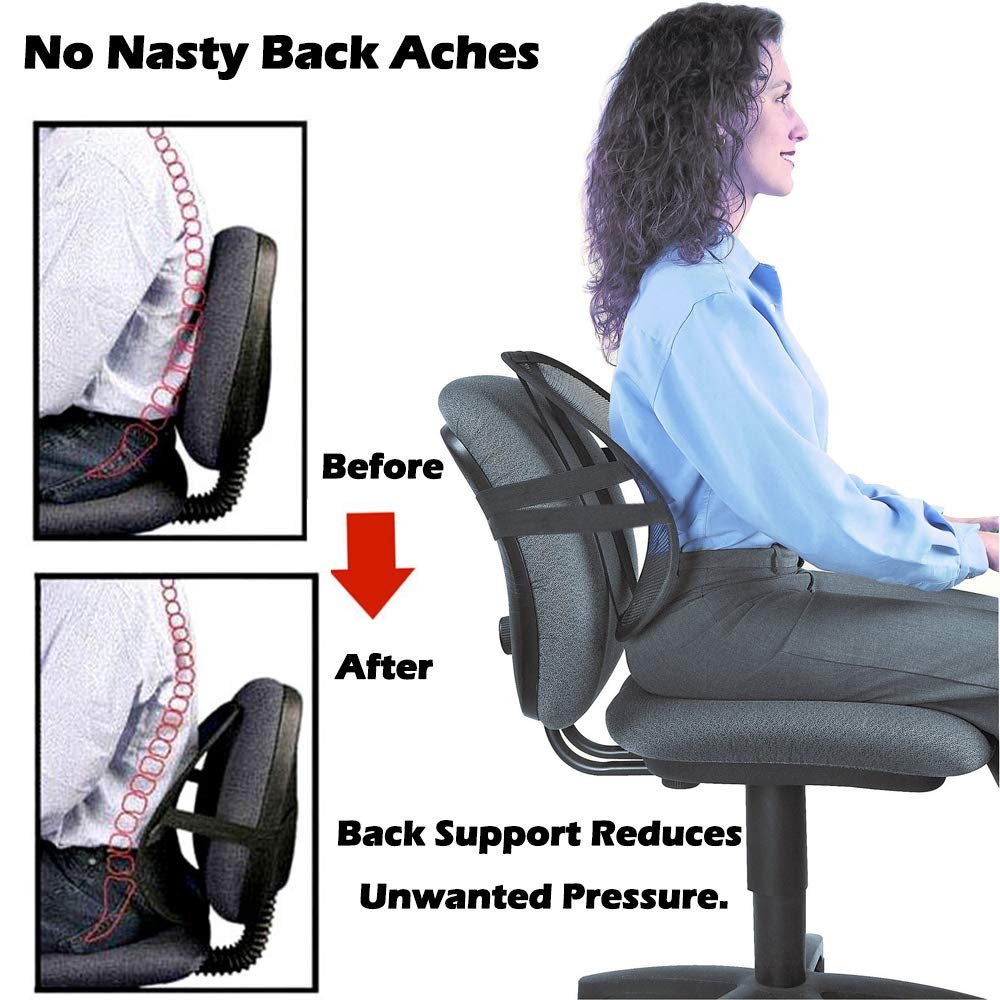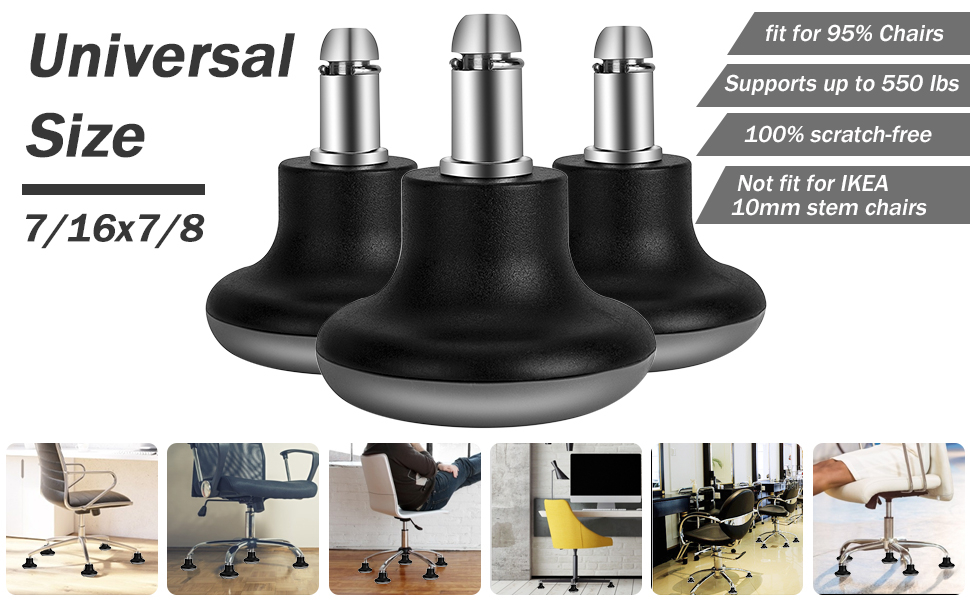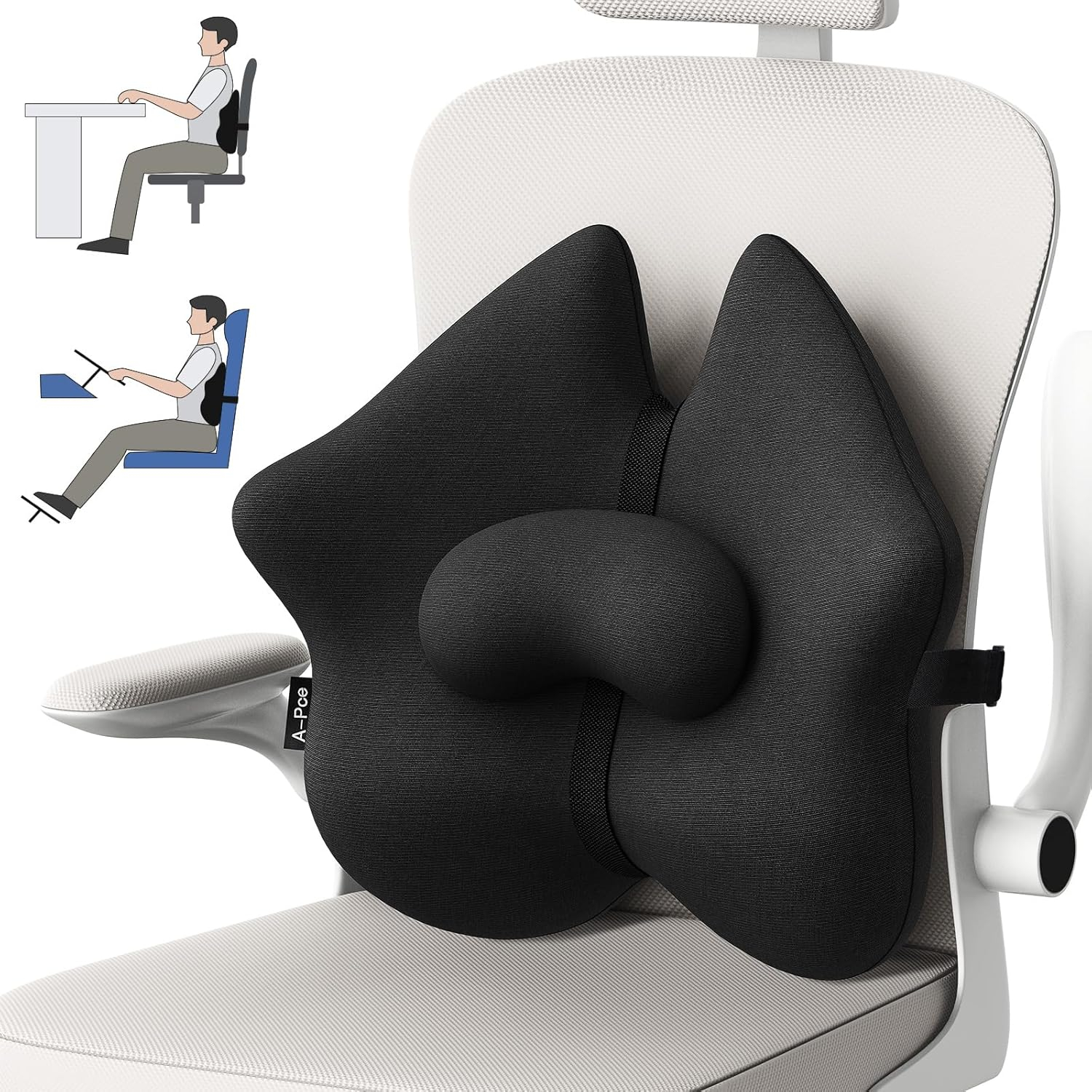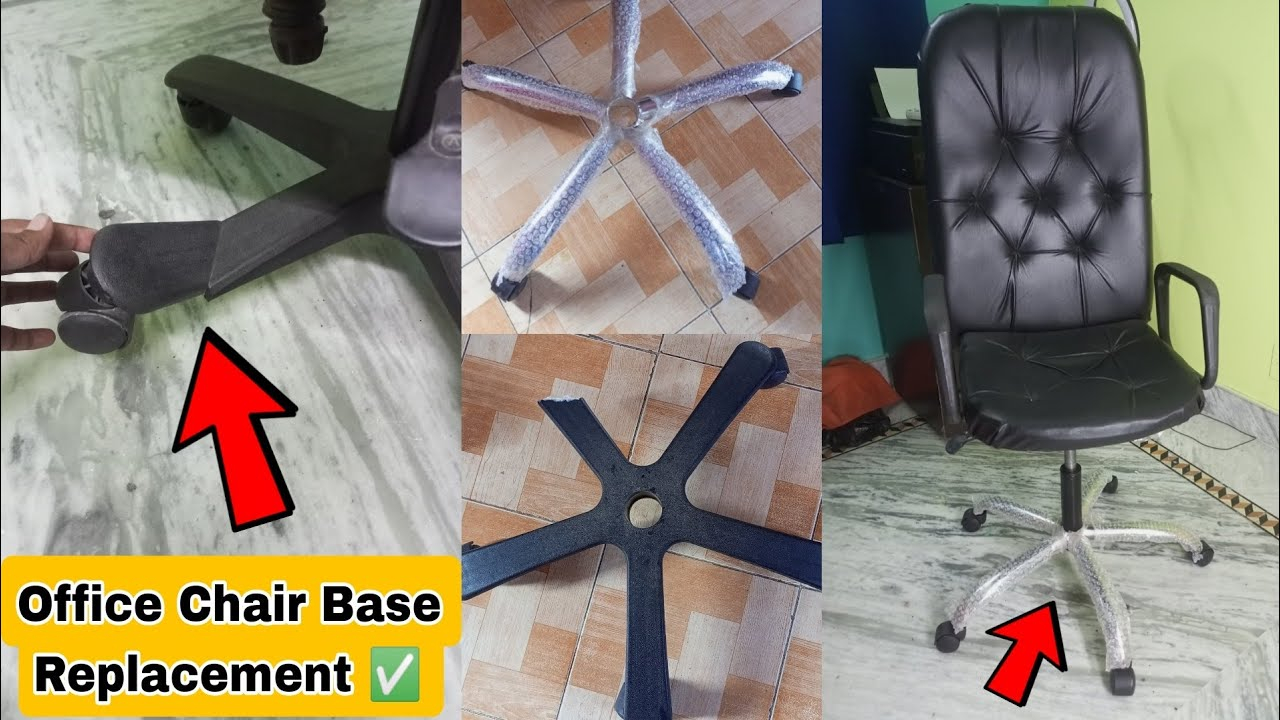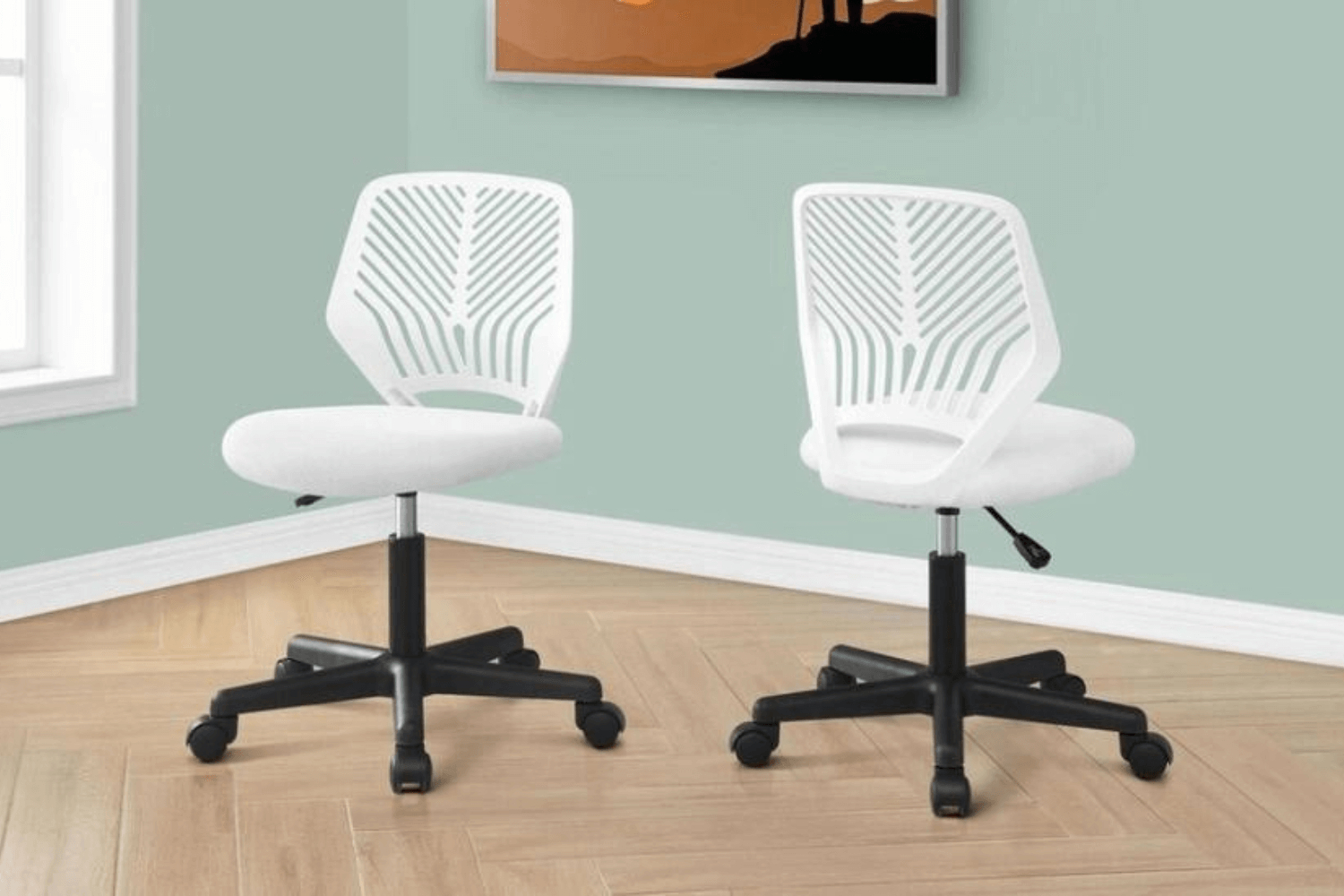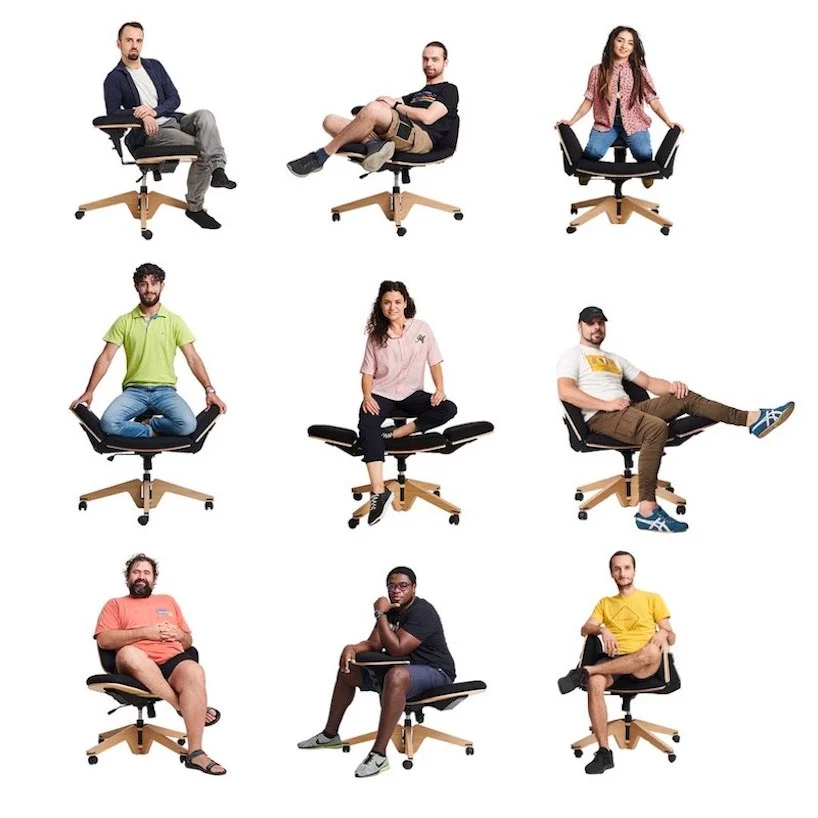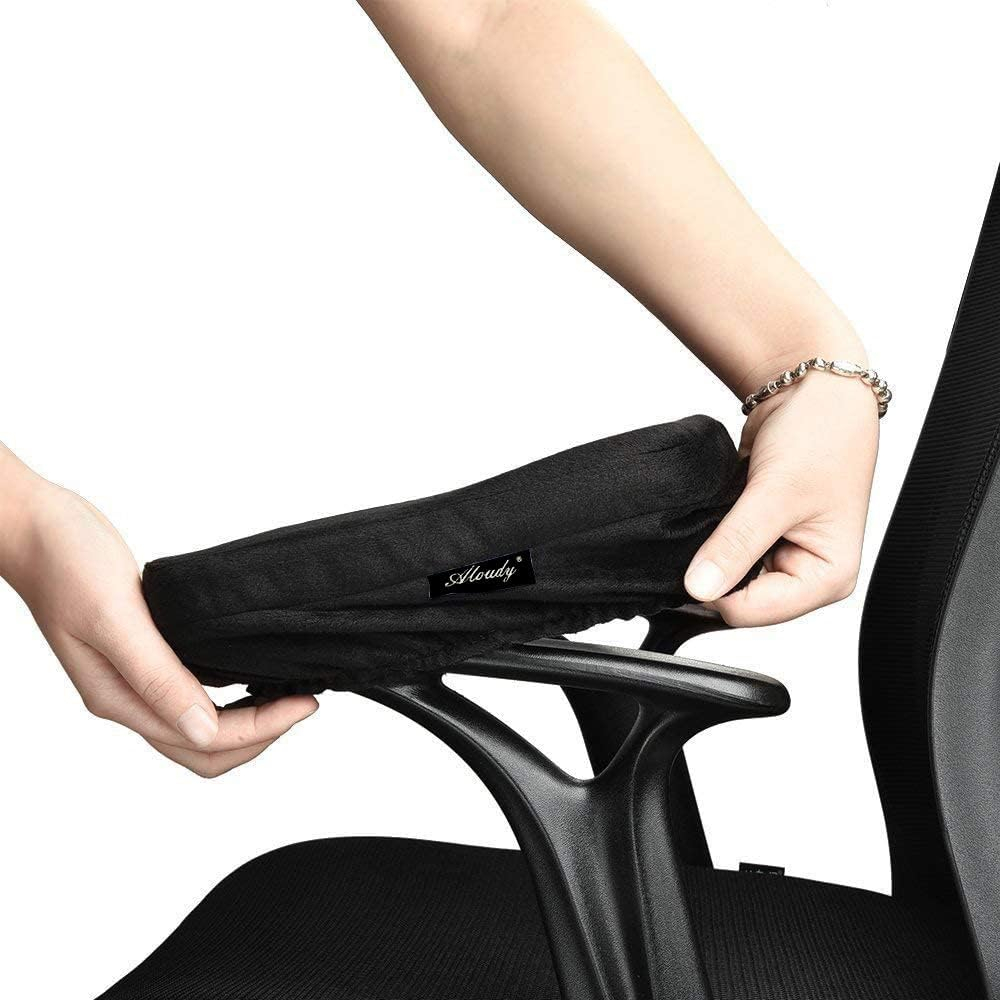We’ve all been there. You’re settled in, ready to tackle your workday, and then it happens. That slow, silent descent. Your trusty office chair, once a bastion of ergonomic support, has decided to take a dive. It’s a common, and frankly annoying, problem that can disrupt your focus and comfort. But what’s actually going on under the seat, and more importantly, what can you do about it? Let’s get to the bottom of why your office chair might be sinking and explore the common gas cylinder issues.
That sinking sensation isn’t just a metaphor for a tough day; it’s usually a sign that the gas cylinder, also known as the gas lift or pneumatic cylinder, in your office chair is malfunctioning. This vital component is what allows you to adjust your chair’s height smoothly. When it fails, it can no longer hold its position, leading to that frustrating downward drift. It’s a mechanical issue, plain and simple, and understanding how it works is the first step to getting your chair back to its proper height.
The Heart of the Matter: How Office Chair Gas Cylinders Work
Before we dive into the ‘what now,’ let’s quickly touch on how these cylinders are supposed to function. Inside that sleek metal casing is a chamber filled with compressed gas, usually nitrogen, and a piston. When you lift the lever, a valve opens, allowing the gas to expand and push the piston upward, raising your chair. When you push the lever down, the valve allows some gas to escape, letting the piston retract and your chair to lower. It’s a clever system, designed for smooth, controlled movement. The seal inside the cylinder is what keeps the gas under pressure and your chair at the desired height. When that seal starts to weaken or fail, that’s when the sinking begins.
Common Culprits Behind the Collapse
So, why do these cylinders give up the ghost? Several factors can contribute to a sinking chair.
- Wear and Tear: Like any mechanical part, gas cylinders have a lifespan. Over time and with frequent use, the internal seals can degrade. Think of it like a balloon that’s been inflated and deflated too many times; it eventually loses its elasticity.
- Seal Failure: The most frequent reason for a sinking chair is a faulty seal within the cylinder. This seal is crucial for maintaining the gas pressure. Once it starts to leak, the gas escapes, and the cylinder can no longer support the weight, causing the chair to lower.
- Overloading: While most office chairs are built to handle a reasonable amount of weight, consistently exceeding the chair’s weight limit can put excessive strain on the gas cylinder, accelerating wear and tear and leading to premature failure.
- Manufacturing Defects: Although less common, some cylinders might have a manufacturing defect from the start, leading to an earlier-than-expected failure. This is why buying from reputable brands can be important.
Troubleshooting: Is it Really the Cylinder?
Before you declare your chair a lost cause, let’s do a quick check.
- Test the Lift: Does the lever work at all? Can you raise the chair, and does it stay up for a while before sinking, or does it sink immediately? If it sinks immediately after you adjust it, it’s almost certainly the cylinder. If it holds for a bit, the seals might be weakening rather than completely failed.
- Check the Base: Ensure the base of the chair and the casters (wheels) are securely attached. Sometimes, a wobbly base can feel like a sinking chair, though it’s a different issue.
- Weight Distribution: Try sitting on the chair with different weights (if possible and safe) to see if the sinking is consistent. This can help rule out issues related to exceeding weight limits.
In most cases, if your chair is consistently sinking, the gas cylinder is the primary suspect.
The Fix: Replacing the Gas Cylinder
The good news is that a sinking office chair is usually fixable, and the most common solution is replacing the gas cylinder. This might sound daunting, but it’s a fairly straightforward DIY project.
What you’ll need:
- A replacement gas cylinder (make sure it’s compatible with your chair model – check the diameter and length).
- A rubber mallet or a regular hammer and a block of wood.
- Work gloves for a better grip and protection.
- Safety glasses.
Steps to Replace:
- Remove the Old Cylinder: Turn the chair upside down. You’ll see the cylinder extending from the seat mechanism into the star base. Often, the cylinder is just press-fitted into both. Place a block of wood on the end of the cylinder where it meets the star base and give it a few firm taps with the mallet. This should break the seal. If it’s stubborn, more forceful taps might be needed. Be careful not to damage the star base itself. Once detached from the base, you can usually pull the cylinder out from the seat mechanism. Sometimes, a bit of wiggling or a gentle tap is needed here too.
- Install the New Cylinder: Remove any protective caps from the new cylinder. Insert the larger end of the new cylinder into the seat mechanism. Then, align the smaller end with the hole in the star base and firmly push it in. You might need to sit on the chair or use the mallet gently to ensure it’s seated properly.
- Test: Turn the chair upright and test the height adjustment lever. It should now work smoothly.
When to Call in the Pros (or Just Buy a New Chair)
While replacing a gas cylinder is often manageable, there are times when it might be better to seek professional help or consider a new chair.
- Stubborn Cylinders: If the old cylinder is severely corroded or fused into place and won’t budge even with significant force, you risk damaging other parts of the chair. A repair shop might have specialized tools.
- Cost-Effectiveness: If your chair is very old, the upholstery is worn out, or the overall build quality is poor, the cost of a new cylinder and your time might outweigh the benefit. Sometimes, it’s more economical to invest in a new, better-quality chair.
- Warranty: If your chair is still under warranty, contact the manufacturer first. They may offer a free replacement cylinder or a replacement chair. Don’t attempt repairs that could void your warranty.
It’s also worth noting that not all office chairs are designed with easily replaceable cylinders. Some might have integrated units. Always check the chair’s construction before you start.
Preventative Measures and Best Practices
While gas cylinders do have a finite lifespan, you can help extend it and maintain your chair’s functionality with a few simple practices.
- Adhere to Weight Limits: Always be mindful of your chair’s specified weight capacity. Exceeding it regularly is a sure way to shorten the lifespan of its components.
- Gentle Adjustments: Avoid slamming the height adjustment lever or bouncing on your chair. Operate the lever smoothly and deliberately. Treat your chair with a bit of care.
- Regular Cleaning: Keep your chair clean, especially around the base and cylinder. Dust and debris can sometimes interfere with the mechanism or contribute to wear.
- Proper Assembly: If you’re assembling a new chair, ensure all parts are correctly and securely fitted according to the manufacturer’s instructions. A stable foundation is key.
By understanding how your office chair’s gas cylinder works and taking a few preventative steps, you can enjoy comfortable and supportive seating for longer.
A sinking office chair is a common, yet solvable, frustration. By understanding the role of the gas cylinder and the reasons for its failure, you’re empowered to diagnose the problem and take action. Whether it’s a simple DIY replacement or a decision to invest in a new chair, getting your seating back to the right height is key to maintaining comfort and productivity. So next time your chair starts to dip, don’t just sigh; know that a solution is likely within reach. Your back will thank you for it.

